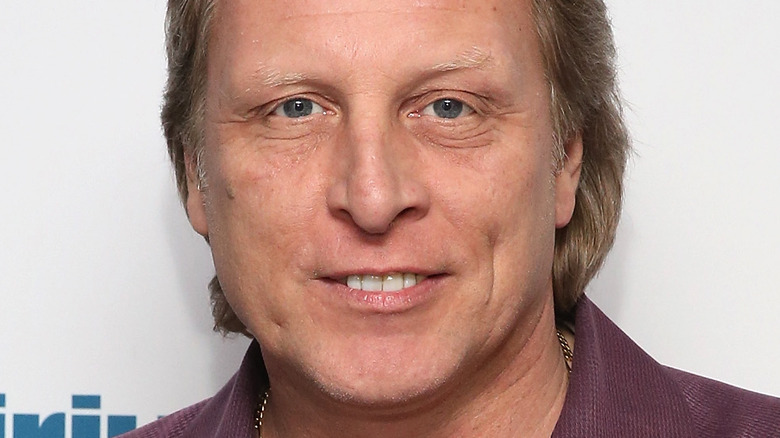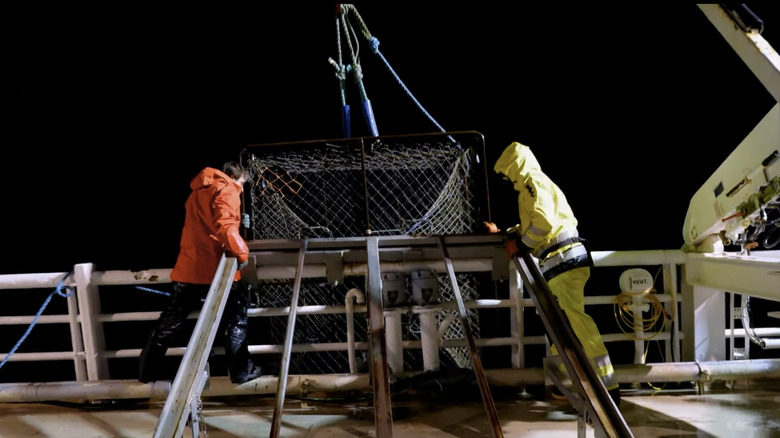What Does Catch Per Unit Mean On Deadliest Catch?
Although much more of Discovery's "Deadliest Catch" is dedicated to the survival of commercial crab fishermen amidst the dangerous weather and conditions of the Bering Sea, at the end of the day, the driving force behind the entire series is really the crab fishing itself. Before the struggles ensuing from the Red King Crab Fishery shutdown during the series' 18th season, each season saw the numerous fishing vessels from "Deadliest Catch" setting off across the ocean with dreams of hauling in a batch of highly profitable Alaskan king crab and opilio crab.
Unlike the History reality series "Gold Rush" — where each and every episode is devoted to how much money each crew can pull in — the actual amount of crab that each vessel pulls in is rarely even discussed on "Deadliest Catch." The one exception to this rule is the rare moment when a captain pulls up a record-breaking haul of crab. Indeed, the series instead chooses to focus primarily on the process of fishing: the crab fisherman's everyday lifestyle and the horrendous conditions crews have to endure as a part of their occupation.
As such, it's likely that even some of the most hardcore "Deadliest Catch" fans still don't fully understand one of the key terms used by these crab fishermen when discussing their respective hauls: "catch per unit."
Catch per unit is a measurement that helps prevent overfishing
During an interview with We Are The Mighty, "Deadliest Catch" star Sig Hansen explained how the catch per unit measurement is used to make sure that crab fishing is sustainable each and every season. "They have what is called a catch per unit. It is the average of how well you are fishing from every pot and how much crab you are getting," Hansen explained. "We're a very sustainable industry so we want to make sure there is enough on the table for next year."
To clarify this even further, what Hansen is referring to here is catch per unit effort, which compares the number of animals caught to the amount of time and effort put into fishing. A decreasing CPUE — meaning crews are catching fewer crabs per effort — indicates overfishing and population decrease, while an increasing CPUE — catching more with less effort — indicates that the population of crabs is growing larger (via Eachmile Technologies).
As Hansen mentioned, it's essential to track this statistic in order to keep crab populations high for next season in addition to this one — or else they risk losing an entire year of work while waiting for the population to increase. In any case, fans may now understand a bit more of the technical side of crab fishing the next time they hear somebody mention catch per unit.

